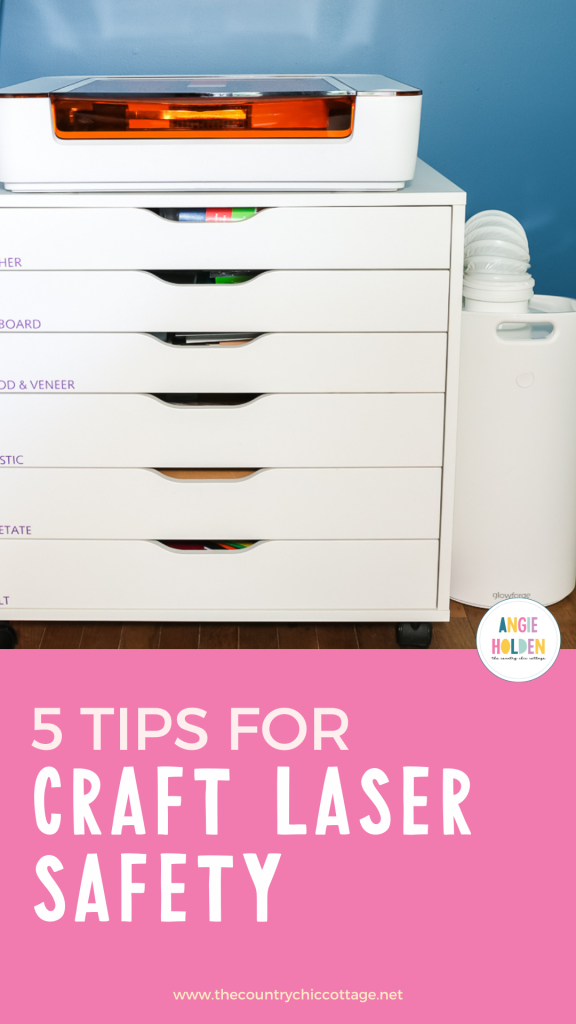If you have a craft laser or are considering getting one, this is for you. Today we will discuss laser safety so you can confidently use your laser cutter without worrying. I will be referencing the Glowforge Aura today but these safety concerns apply to all brands and types of craft lasers.
Is a craft laser the right tool for your craft room? My free Laser Ready course will walk you through purchasing a laser for the first time.
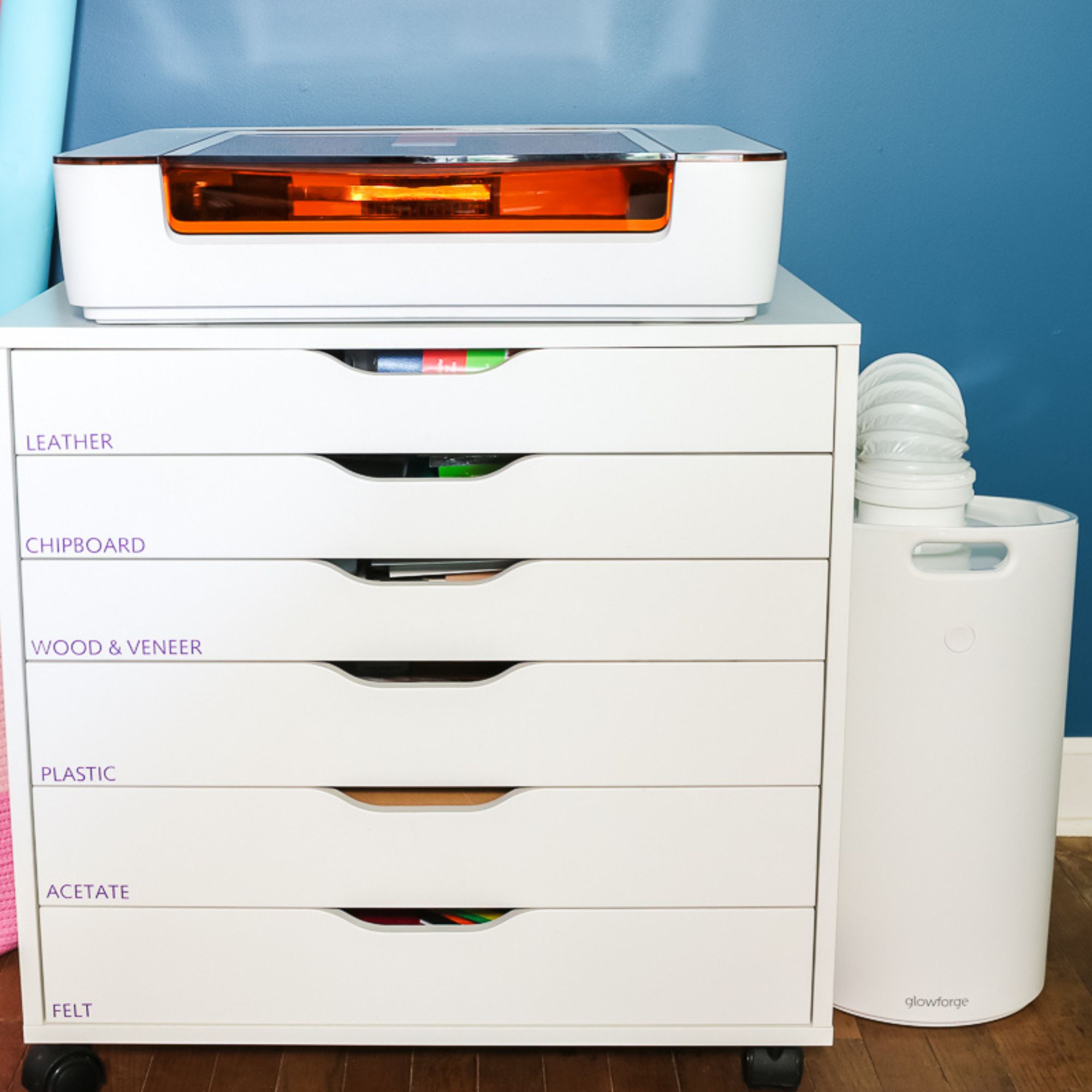
You can watch me walk through all of these safety tips by pressing play on the video below.
Laser Safety Tips
A laser cutter uses an actual laser to cut through materials. There are a lot of risks associated with using one if you’re not cautious.
Always follow all safety instructions when operating a laser in your home.
Safety is a top priority no matter what type of crafting you’re doing. It’s especially important when it comes to lasers. I encourage you to read through this entire article before proceeding.
Tip #1: Do Not Ever Look at a Laser
To protect your eyes, you should never look directly at a laser when it’s cutting.
With the Glowforge Aura, this is not something you need to worry about because it is fully enclosed in a case. The cover has an orange tint to it that will protect your eyes. If you open the lid while it’s cutting, it will automatically stop. This is a safety feature I really appreciate with the Aura.
If you are using an open laser, you can use glasses that are specially made for laser cutting.
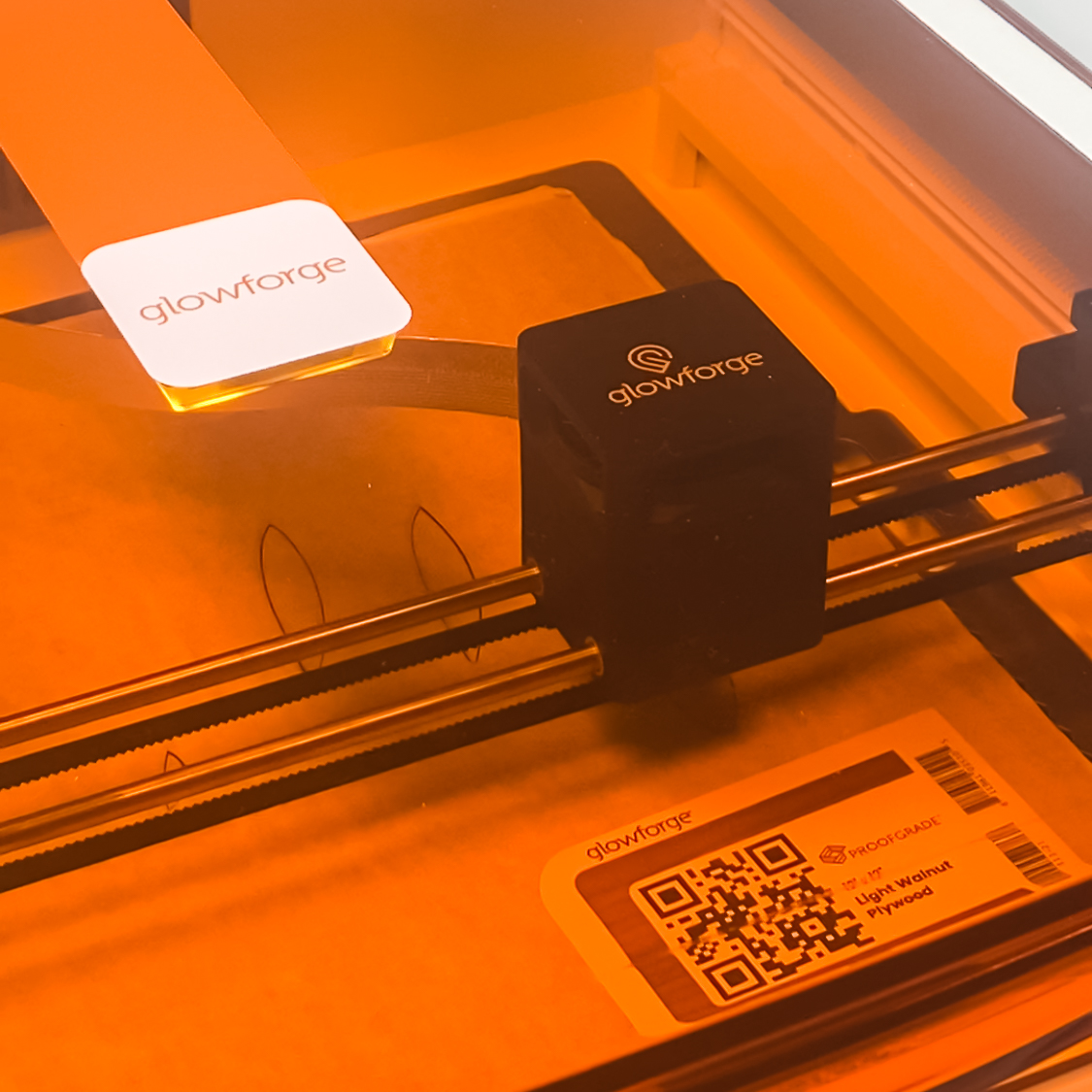
Tip #2: Never Leave Laser Cutters While They’re Cutting
There are fire hazards associated with laser cutters. Since the laser is burning through or melting away the material you’re cutting you need to be prepared for potential fires.
You should never leave your laser while it’s cutting. You’ll want to keep that in mind when you’re crafting because some projects, especially with diode lasers can take a very long time to finish.
Tip #3: Be Ready for Fires
You should also always have a fire extinguisher and even a fire blanket within reach so you can control any small fires that may occur within your laser cutter.
If you need to stop your laser, you can do that by unplugging the unit or with the Glowforge Aura you can open the lid and it will stop. Some lasers also have an emergency stop button on them.
Tip #4: Ventilate Properly
It is very important to have proper ventilation when using a laser cutter. Proper ventilation is not an option, you should never operate a laser in an enclosed space.
With the Glowforge Aura, you can ventilate out a window or use the optional air filter accessory. The air filter would need to be purchased separately.
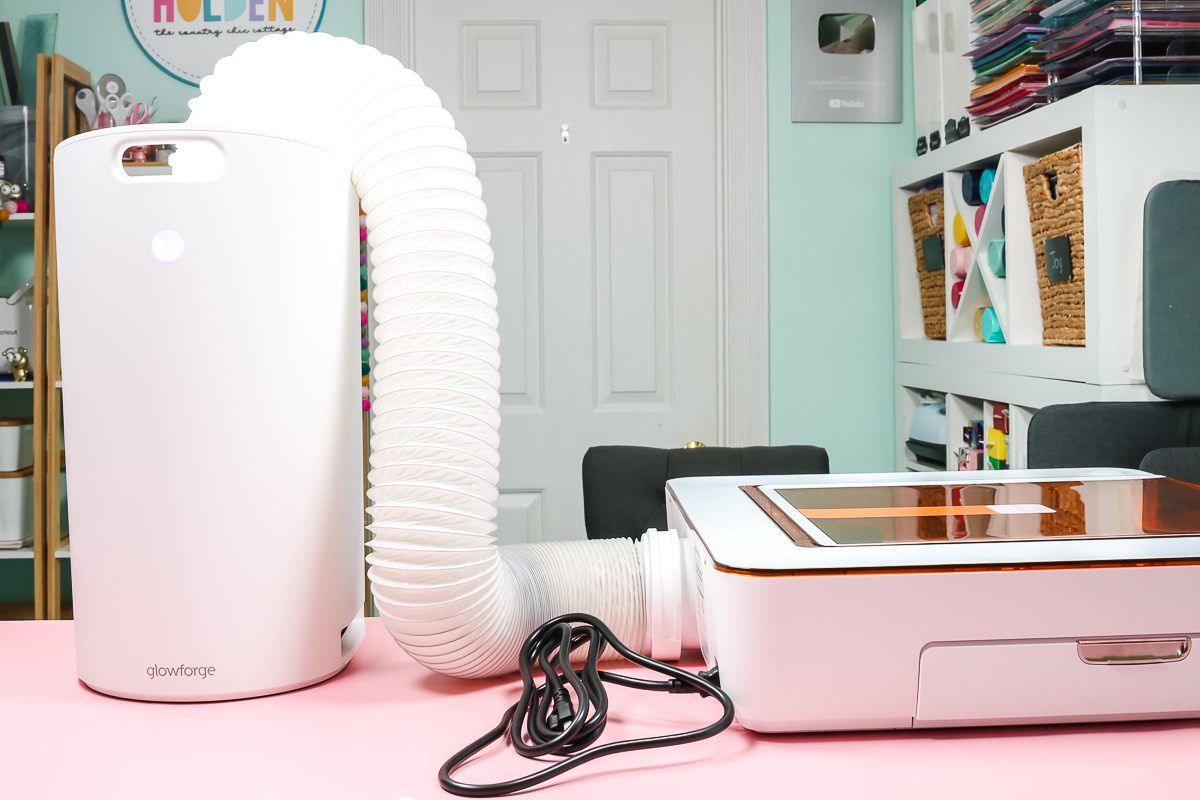
Tip #5: Cut Laser Safe Materials
The last thing I want to talk about with laser safety today is to make sure you’re cutting materials that are safe to cut with a laser. Some materials can release toxic fumes when they’re cut with a laser and they should never be cut with a laser.
I am going to list materials that should never be cut with a laser. You need to make sure that any material you use doesn’t have any of these items listed in them.
- Leather with Chromium
- Carbon Fibers
- Polyvinyl Chloride or PVC
- Polyvinyl Buterol or PVB
- PTFE or Teflon
- Beryllium Oxide
- Halogens
- Epoxy
- Phanolic Resins
This is a list of materials that should never be cut but it is not all-inclusive, any material that has any of those items in it should also never be cut.
The easiest way to make sure you’re using safe materials is to choose Glowforge Proof Grade materials, as they are all approved laser materials. You can also search for materials that say they are laser-ready or laser-compatible and use those in your machine.
If you choose a material that doesn’t list that it is laser safe, you will need to review what it is made of and ensure it is a complete list so you can safely choose it.
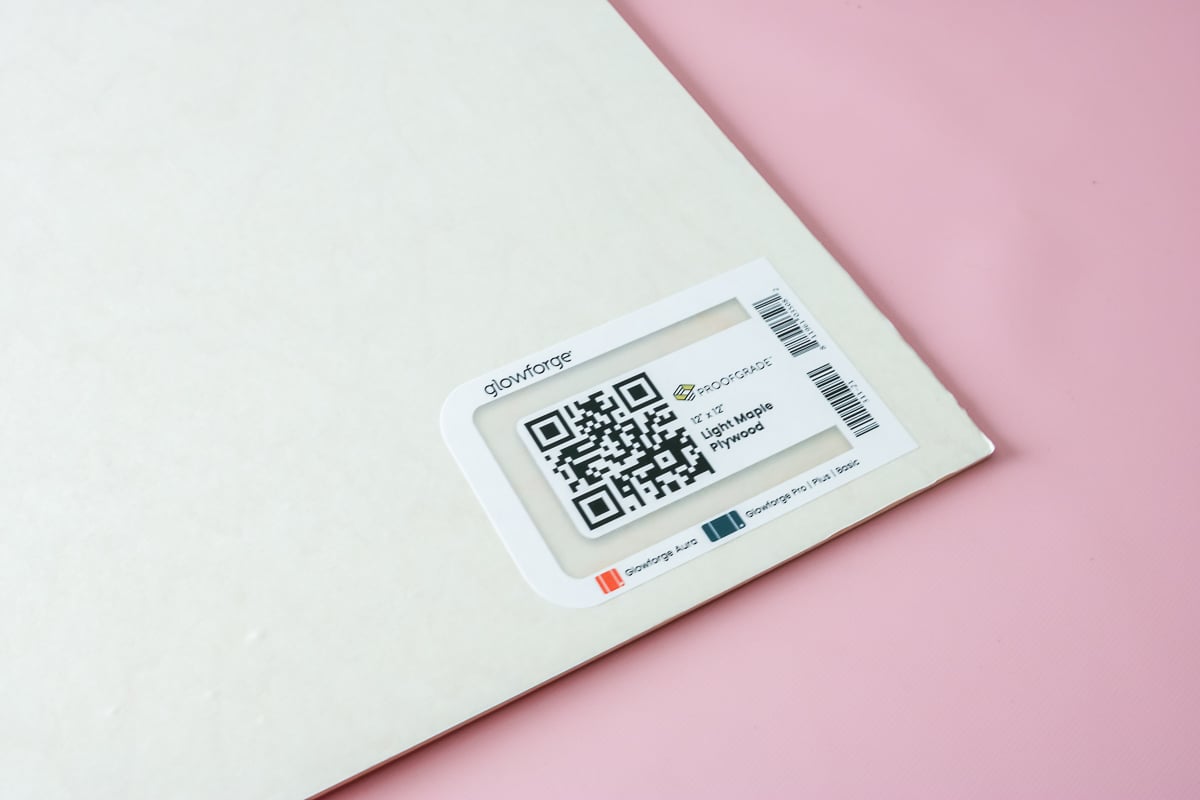
Are You Ready for a Craft Laser Cutter?
I hope this has helped you feel confident in using your laser safely.
If you’re looking for more information on purchasing a laser, my Laser Ready video will walk you through a lot of the questions you may be asking yourself including “What is a laser?”, “What are the different types of lasers on the market?”, and “What is a good laser for beginners?”
I attempt to answer all of those questions and give you more info on the basics of laser crafting. If you have any additional questions about laser safety ,feel free to leave them in the comments and I’ll be happy to answer them for you.
